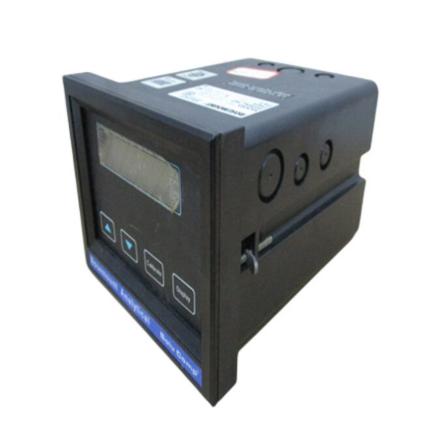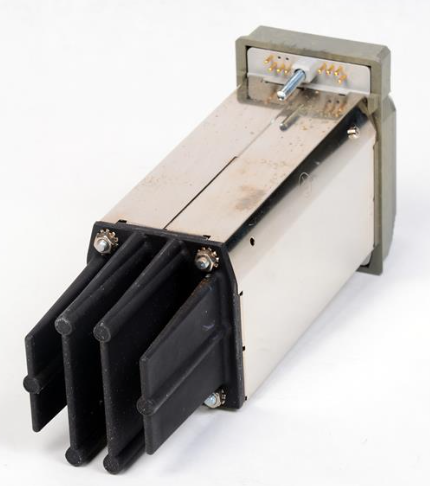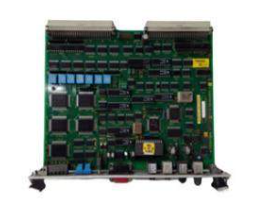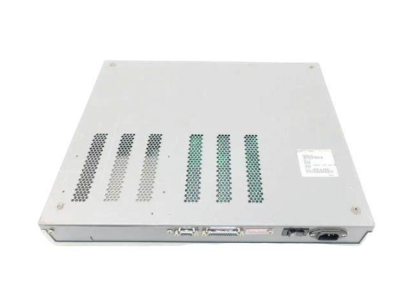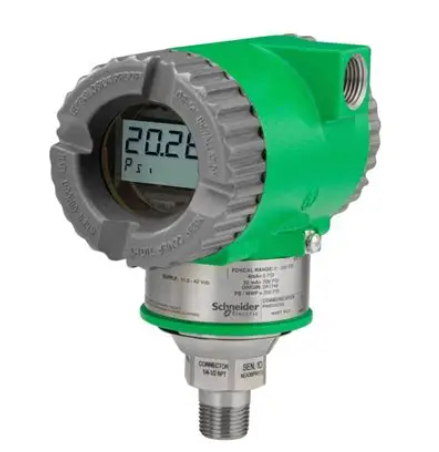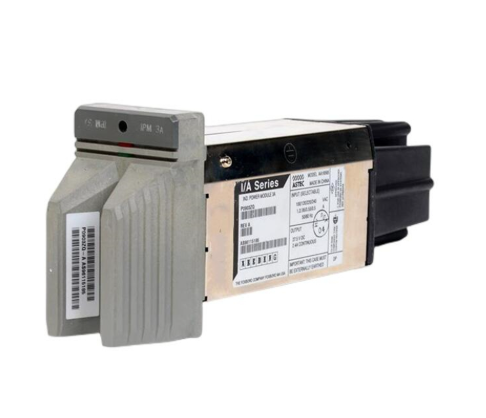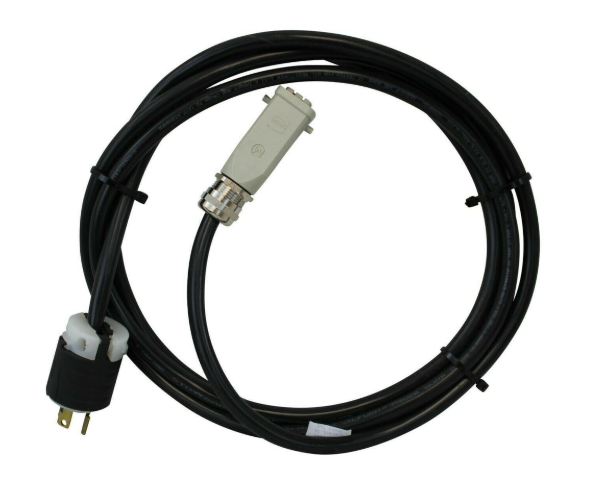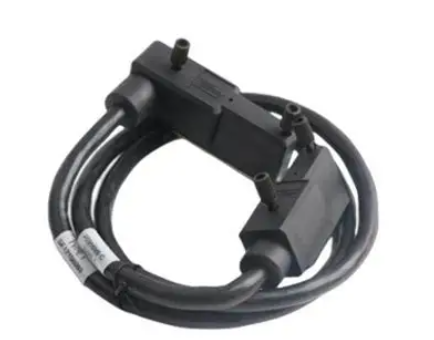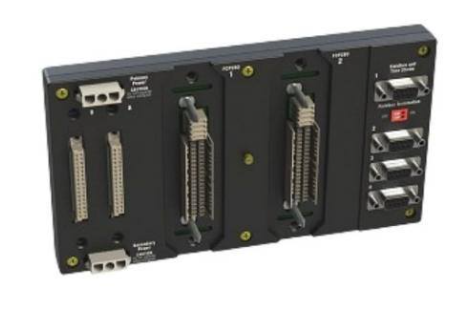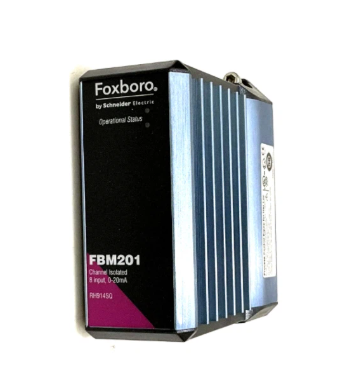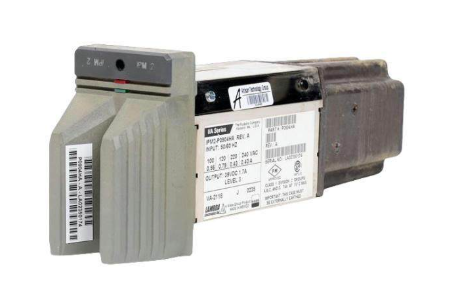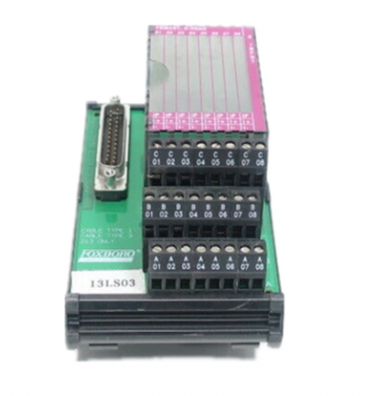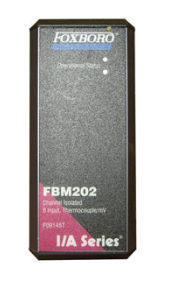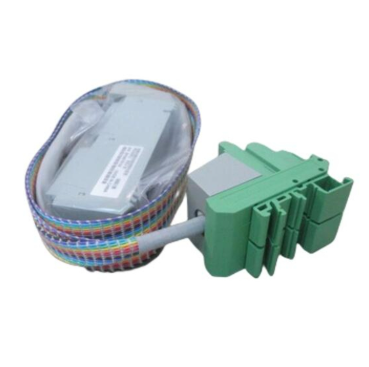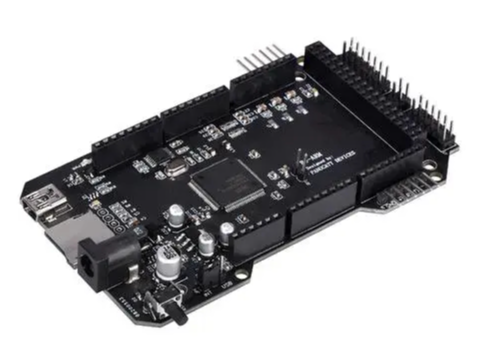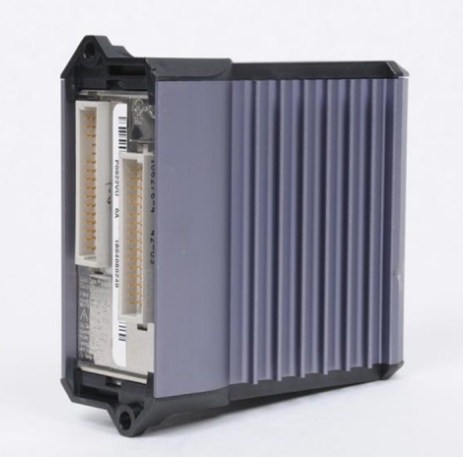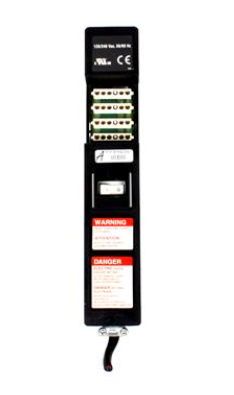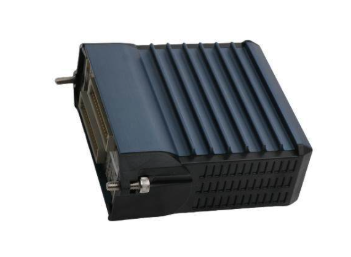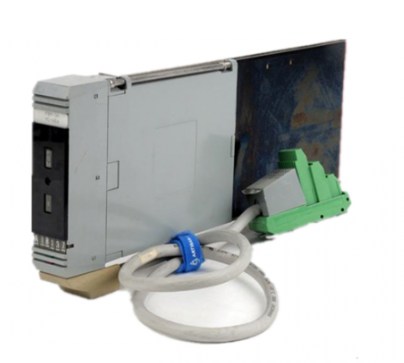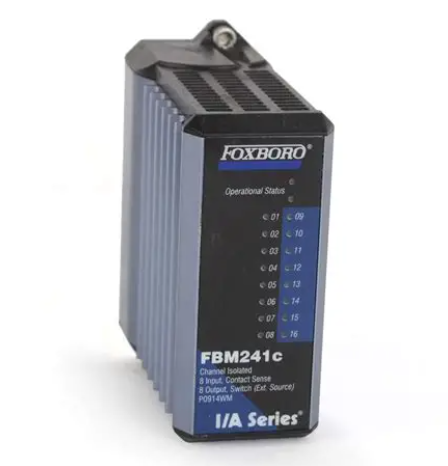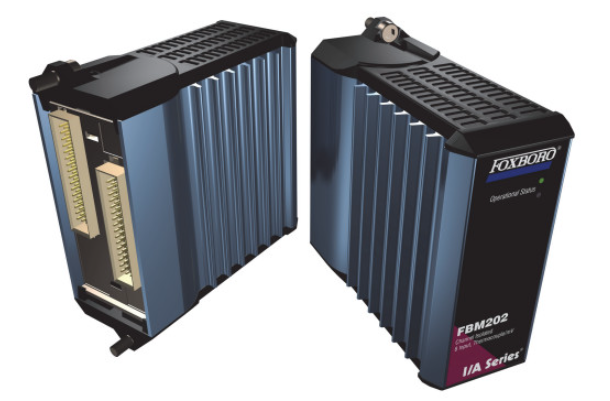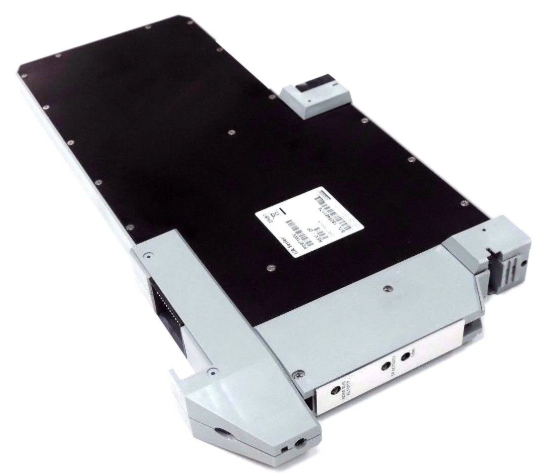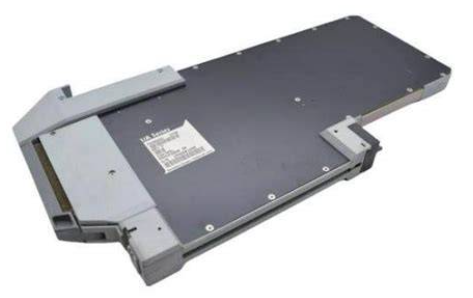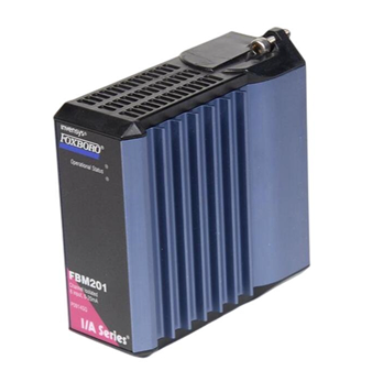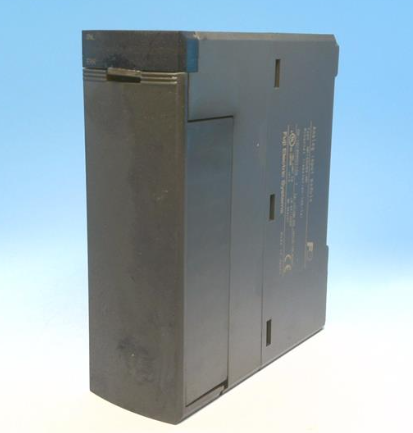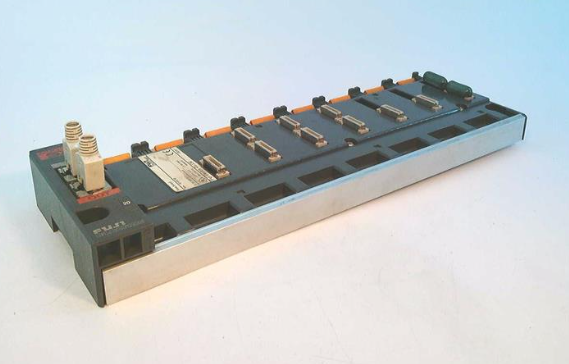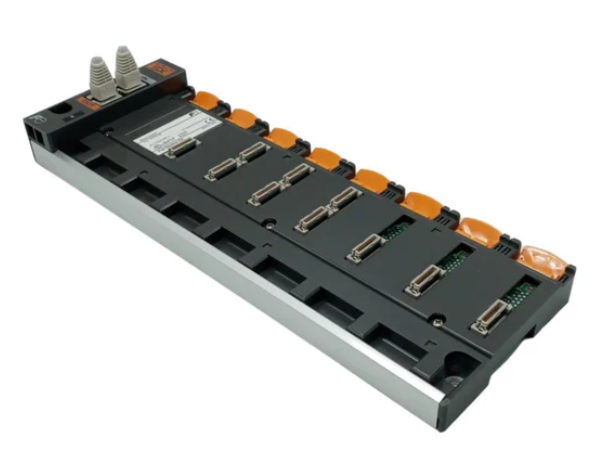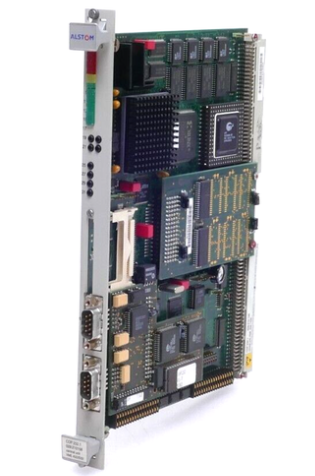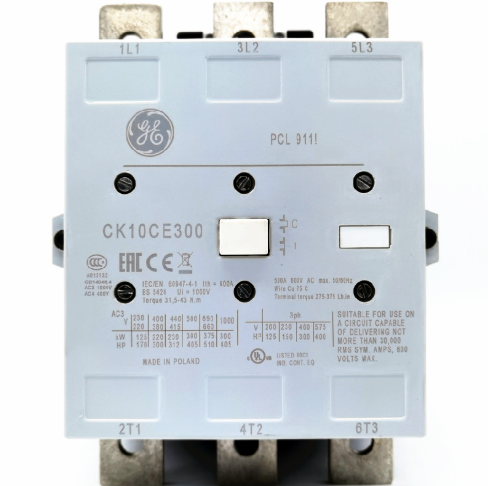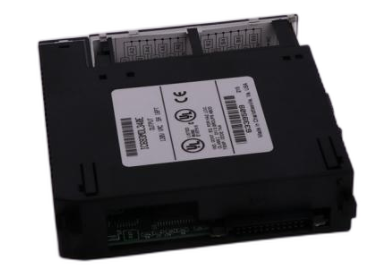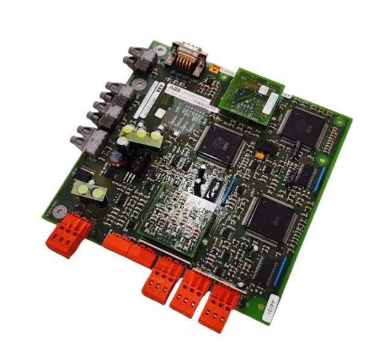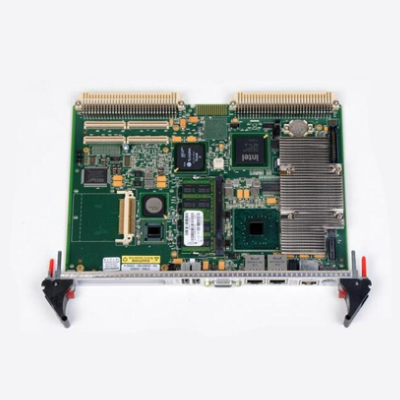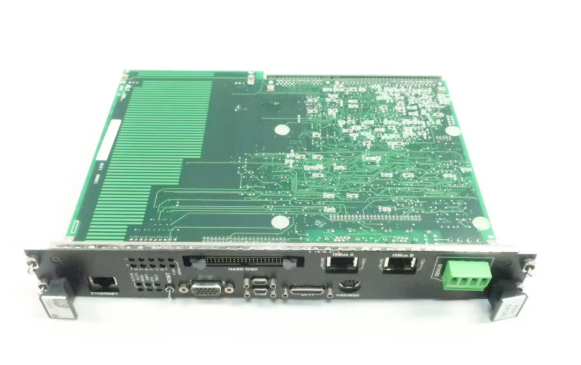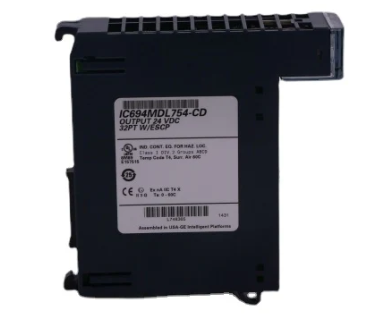Application and research progress of biological enzymes in pulp and paper making process
The pulp and paper industry can be said to be a particularly important pillar industry in the development of China's national economy, but it is also a key factor leading to the consumption of resources such as forest resources, energy and chemicals and environmental pollution. However, in recent years, the gradual innovation and improvement of biotechnology, its application in the pulp and paper industry has achieved a more extensive application and rapid development. In general, the biological enzymes used in the process of pulp and paper include cellulase, xylanase, lipase and amylase. These enzymes play an important role in pulping, bleaching, deinking, numerical control and improvement of fibre. Therefore, it is necessary to analyze the application and research progress of bioenzyme in pulp and paper making process.
1. The importance of biotechnology for pulp and paper making
The pulp and paper industry uses plant fibers as raw materials in the production process, such as wood and non-wood. These raw materials are rich in cellulose, hemicellulose, resin and pectin and other organic, inorganic extracts and minerals, etc., so in the pulping and papermaking often need to use physical or chemical means to remove or retain lignin and other waste cellulose, resulting in biotechnology and pulping and papermaking process between inextricably linked. In fact, the application of biotechnology in pulping and papermaking can be traced back to 105 AD, but it was not until the 1960s that pulping and papermaking gradually entered the era of industrialization, coupled with the continuous development and improvement of bioengineering, genetic engineering and enzyme engineering technology, the industrialization of biological enzymes has brought great opportunities to the development of pulping and papermaking industry. And gradually penetrate into the various processes of pulp and paper, to a large extent to promote the rapid development of the paper industry.

2, the application of biological enzymes in the process of pulping and papermaking
2.1 Biological pulping
The so-called biological pulping is actually the use of biological enzymes to degrade raw materials, and further combined with mechanical and chemical means to further separate the fiber raw materials, this process is called biological pulping. In general, the biological enzymes used in different raw materials are not the same. For example, phloem fibers contain a lot of glia, so it is necessary to select pectinase to decompose the glia and release cellulose. Straw pulp and wood pulp are rich in lignin, so it is necessary to choose a combination of lignin degradation, chemical pulping and mechanical pulping to complete the pulping work [1]. It can be seen that the basic process of biological pulping is: wood chip - enzyme treatment - chemical or mechanical pulping, general chemical pulping or biological pulping advantages are lower energy consumption, low alkali consumption, light environmental pressure and mild performance.
2.2 Biological Bleaching
Hemicellulase and lignin-degrading enzymes are mainly used in pulping bleaching, among which hemicellulase includes xylanase and polynose-degrading enzyme. The purpose of biological bleaching is to use as little chemical bleach as possible to improve the performance of pulping, thereby reducing the pollution caused by bleach. In general, xylitase can effectively improve the whiteness of pulping and reduce the amount of bleach and waste water pollution in pulping bleaching pretreatment, while not adversely affecting the viscosity of the pulp and the strength of the paper. Compared with the bleaching process using hydrogen dioxide or hydrogen peroxide, the production cost can be significantly reduced. However, in terms of its mechanism, xylosin only plays a role in the bleaching process, and can not directly replace the chemical bleaching agent. The development of xylosin-assisted bleaching is actually an enzyme that is stable and can show biological activity under high temperature resistance and alkaline environment. The main reason is that the temperature of sulfate can reach 95℃ after cooking, and its PH value can reach or even exceed 13. Under such conditions, dellignification basically does not change. Therefore, in order to promote the enzyme can be directly into the pulp after cooking or washing without reducing the temperature and PH value of the pulp, it is necessary to use the high temperature resistance and alkaline ability of xylose enzyme, so xylose enzyme is a promising biological agent.

2.3 Enzymatic beating
The role of enzymes is to achieve the goal of reducing the energy consumption of beating with the help of cellulose modification. At present, the biological enzymes widely used in the process of pulp and paper are: pectinase, cellulase, xylose enzyme, mannanase, laccase and arabinose hydrolase.
Taking cellulase as an example, the application of cellulase in pulp and paper is often the first to act on the amorphous region of cellulose, but the crystallization region is not very sensitive to cellulase. The use of cellulase, hemicellulase and xylosamase to carry out pre-treatment before beating can effectively reduce energy consumption and steam consumption, and achieve the goal of improving paper performance [2].
At present, the price of pure enzymes is slightly high, so it is necessary to find the right adjuvant to improve the efficiency of enzyme use and achieve the goal of reducing energy consumption. However, if the correct use of enzyme treatment in the pulping and papermaking process can not only change the performance of the slurry, but also ensure the normal operation of the paper machine is a major research focus at present.
2.4 Enzymatic deinking
Traditional chemical deinking techniques can no longer meet the requirements of laser printing or copying of office waste paper, and may even cause environmental pollution. The deinking technology using biological enzyme method is gradually mature, and has been tested in laboratory and factory. It is an effective and widely applicable deinking method. At present, the enzymes commonly used in waste paper deinking mainly include cellulase, hemicellulase, esterase, amylase, pectinase and lignin degrading enzyme. Among them, hemicellulase and cellulase are the most used [3].
Enzymatic deinking is mainly based on enzyme attack on ink or fiber surface. Lipase and esterase can effectively degrade plant oil-based ink, while amylase, lignin degrading enzyme, pectinase, cellulase and hemicellulase can directly change the linkage of ink ion attachment on fiber surface area, promote ink separation and remove ink by washing. Compared with chemical deinking, the physical properties, whiteness and freedom of pulping are very high.

3. Research progress of biological enzymes in the process of pulping and papermaking
3.1 Modification of cellulase
In the study of the application of biological enzymes in pulping and papermaking, it was found that the degradation process of cellulose would be affected not only by the structure of cellulose itself, but also by the adsorption of cellulase and the inhibition effect of product. It can be seen that the cellulose degradation process is a relatively complex multiphase reaction system. For example, when commercial cellulase preparation L is selected to act on waste pulp at a low dose, the freeness of pulp will be increased to a certain extent, and the mechanical properties will not be lost. Cellulase modification can not only improve the water filtering performance of pulp, but also improve the paper forming performance of pulp. When cellulase is used for pulp treatment, the filter water of the pulp will be significantly improved, because the connections between the fibers in the pulp become tighter, so that cellulase is difficult to penetrate them to degrade cellulose molecules. Under the premise of maintaining the strength of the pulp, the water filtering performance of the pulp can be significantly improved. In addition, under the action of enzymes, the performance of the fiber will also change to a certain extent, because cellulase will cause certain corrosion, peeling or fine fibrosis on the surface of the fiber, resulting in changes in the performance of the paper. It is found that the complex cellulase can effectively improve the smoothness of paper and improve the printing performance of paper.
3.2 Application of lignin-degrading enzyme modification
Laccase can be said to be one of the most widely used enzymes in the pulping and papermaking process, so the application of laccase is mainly concentrated in the modification of paper with higher lignin content. First of all, laccase can well improve the physical properties of high yield pulping, because it has been found that laccase modified pulping is not only closely related to its own properties, but also has a great relationship with the lignin content in the pulp. In other words, the higher the lignin content in the pulp, the more significant the changes that laccase can bring to the properties of the pulp, so this property can be fully utilized to improve the binding properties between fibers [4]. Secondly, laccase often requires oxygen to participate in its action, and it is also accompanied by intermediaries involved in cyclic oxidation. When laccase exists in a small molecule mediator, its oxidation range is higher than the reaction range when laccase exists alone, and it was also found in the study that the increase in the range of small molecule mediator substances will increase the application range of laccase, which indirectly indicates that the application prospect of laccase is very broad.
- EMERSON
- Honeywell
- CTI
- Rolls-Royce
- General Electric
- Woodward
- Yaskawa
- xYCOM
- Motorola
- Siemens
- Rockwell
- ABB
- B&R
- HIMA
- Construction site
- electricity
- Automobile market
- PLC
- DCS
- Motor drivers
- VSD
- Implications
- cement
- CO2
- CEM
- methane
- Artificial intelligence
- Titanic
- Solar energy
- Hydrogen fuel cell
- Hydrogen and fuel cells
- Hydrogen and oxygen fuel cells
- tyre
- Chemical fiber
- dynamo
- corpuscle
- Pulp and paper
- printing
- fossil
- FANUC
- Food and beverage
- Life science
- Sewage treatment
- Personal care
- electricity
- boats
- infrastructure
- Automobile industry
- metallurgy
- Nuclear power generation
- Geothermal power generation
- Water and wastewater
- Infrastructure construction
- Mine hazard
- steel
- papermaking
- Natural gas industry
- Infrastructure construction
- Power and energy
- Rubber and plastic
- Renewable energy
- pharmacy
- mining
- Plastic industry
- Schneider
- Kongsberg
- NI
- Wind energy
- International petroleum
- International new energy network
- gas
- WATLOW
- ProSoft
- SEW
- wind
- ADVANCED
- Reliance
- YOKOGAWA
- TRICONEX
- FOXBORO
- METSO
- MAN
- Advantest
- ADVANCED
- ALSTOM
- Control Wave
- AB
- AMAT
- STUDER
- KONGSBERG
- MOTOROLA
- DANAHER MOTION
- Bently
- Galil
- EATON
- MOLEX
- Triconex
- DEIF
- B&W
- ZYGO
- Aerotech
- DANFOSS
- KOLLMORGEN
- Beijer
- Endress+Hauser
- MOOG
- KB
- Moxa
- Rexroth
- YAMAHA
- Johnson
- Westinghouse
- WAGO
- TOSHIBA
- TEKTRONIX


Email:wang@kongjiangauto.com






























